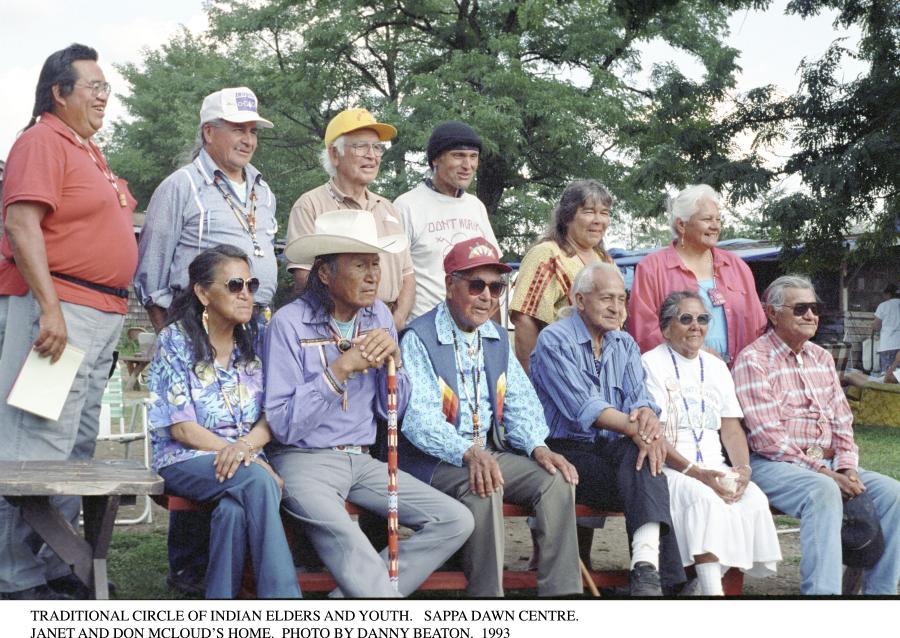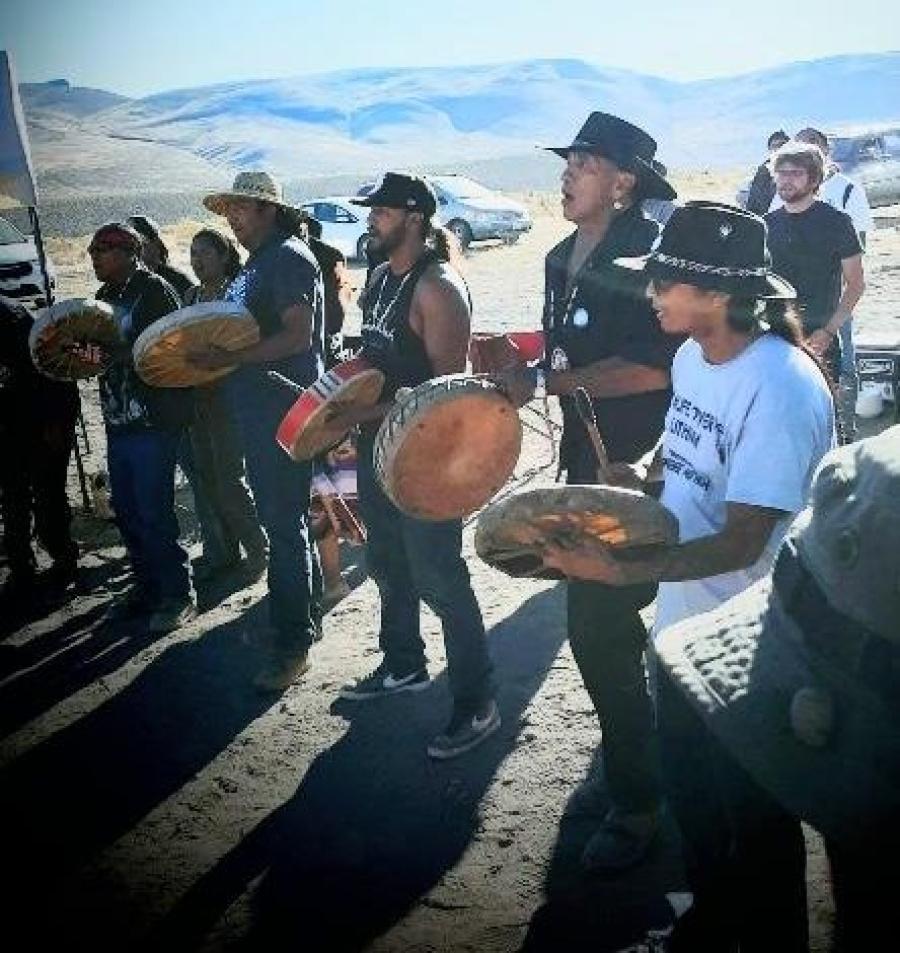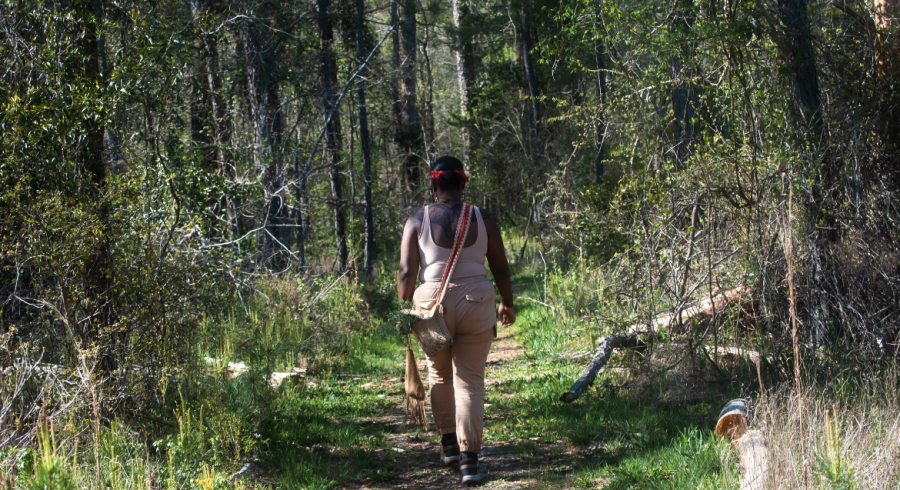Conflicting management demands in Alaska's New National Parklands
The ten national parks, preserves and monuments created by the Alaska National Interest Lands Conservation Act (ANILCA) in 1980 and the additions to the three existing areas are the largest, most diverse and most outstanding parklands yet put into the U.S. National Park System. These natural areas have been used by people for thousands of years. Hunting, fishing and trapping provide sustenance; gathering and timber harvest provide food, shelter and warmth. The rivers are natural highways which allowed man to travel via skin boats and dogsleds in years past and provide routes for power boats and snow machines and landing areas for aircraft today. The land and its use are inseparable - and yet, the resources are intact and relatively undamaged. A new challenge has emerged for National Park Service managers: How to preserve the land and its resources while allowing resource harvest and use, which will in turn preserve the cultural values of the people using the land.
Alaska's land use and ownership history has, in large part, shaped the national parklands within the state - both their boundaries and how they will be protected and used. The native peoples of Alaska have roamed and used the entire land mass for thousands of years. Before Russia sold Alaska to the United States government at the end of the nineteenth century, Alaska was public domain and no native rights were recognized.
In 1906, the Native Allotment Act recognized individual native land interests by allocating up to 160 acres of land to qualified native applicants. Many non-natives, feeling the pull of the "Great Land" for mineral exploration, homesteading, or simply to live closer to the land, also lived in and made use of the territory during the years prior to statehood in 1959. In those years few worried about whose land it was. Everyone used it, and it seemed to belong to everyone - an easy extension of the traditional native view of land stewardship and sharing use, not ownership. Those living away from the few large communities lived off the land by hunting, trapping and gathering - again, a natural extension of the Alaskan native lifestyle. A land without roads mandated unusual travel methods. Bush residents used dog teams, boats, aircraft and snow machines as soon as our technology made them available.
With statehood, bush Alaskans (both native and non-native) didn't change their regard for and use of the land and its resources but were forced to begin to change their concept of land ownership.
The new state of Alaska was allocated 28 percent of the total land mass - 106 million acres. Then, in 1971, the Alaska Native Claims Settlement Act authorized transfer of ownership of 44 million acres of land to 13 new native corporations. This, plus a clarification of the native allotment situation (raising the number of qualified applicants from 25,330 to 52,000), was to settle all claims to land by native Alaskans.
Native corporations were new for both the Alaska native people and the nation. In an attempt to improve upon the reservation system previously used to settle Indian land claims in the United States, Congress set up profit-making corporations for each of the recognized native groups in Alaska. Each corporation received a cash settlement for lands previously-used by the natives and a land conveyance. The land base was for use by the people of that region and was to be part of the economic base for the corporation. Boundaries, profit-making corporations - these were new concepts to people who had spent their lives in bush Alaska.
ANILCA answered the big question of what was to be done with the remaining federal land in Alaska (after state lands and native lands were set aside) by imposing boundaries, making designations, and assigning management responsibility to various agencies. It also made clear that protection wasn't meant only for natural and cultural resources - it was also extended to people and their lifestyles. How to protect resources, allow continued use of those resources, incorporate recreational use of the same resources and protect resources for the descendants of those now using the areas was the managers' job.
The Northwest Alaska Areas (Cape Krusenstern National Monument, Kobuk Valley National Park and Noatak National Preserve) were set aside by Congress via ANILCA to be managed as part of the National Park System. They are three of ten new NPS areas created by this act and will serve as examples of how new management techniques and styles are needed to manage conflicting values and uses in these new Alaska National Parklands.
The NANA Region (named for the NANA Regional Corporation) in northwest Alaska encompasses 38,000 square miles of Arctic wildland. It has been the home of the Inupiaq Eskimo people for more than 10,000 years. Today the population of the region is about 4,500, more than 90 percent of whom are Eskimo. To a visitor, this region of Alaska (which is about the same size as the state of Indiana) appears to be wild tundra plain, mountain and forest, sprinkled with 11 small villages which are not connected by roads.
Traditionally, the natural resources of the region - timber, fish and wildlife, marine mammals, edible plants, natural coal deposits and bird life - have always met the basic needs of people living here. Even newcomers to the area, because of the remoteness and the extremely high cost of maintaining a twentieth-century American lifestyle here, find themselves depending in part on use of natural resources to subsist.
While the land appears to be wilderness, to the local resident, particularly the Eskimo, it isn't. People have traveled and hunted the entire region for thousands of years. Inupiaq place names, reflecting noteworthy events in peoples' lives and land form descriptions, are an important local cultural element. The names are not found on maps - they are a living part of the culture, passed from mind to mind.
In the last half century, however, change has come rapidly to the Inupiaq people of the region. Even though the population today is about what it was at its previous high point in the eighteenth and early nineteenth century, the encroachment of modern society on the Eskimo has stressed the land. Airplanes, snow machines, motor boats and all-terrain vehicles have replaced dog teams and skin boats. It now takes much less time to hunt or catch the year's food. The need for cash to pay for modern conveniences demands jobs that aren't always available in a very rural setting. Cash is needed, too, to rent modern housing and to buy heating oil, electricity and televisions. Because once traditional subsistence activities now take less time using modern technology and because jobs are scarce, time often weighs heavily on peoples' hands, creating new desires for television, radio, video games and the like.
Very little has come with the new technology to replace what has been lost from the old ways. The transition from a subsistence to a cash economy is not easy. The people of northwest Alaska are caught between the two modes of living, using cash to support and augment their subsistence lifestyle. Lack of jobs, alcohol, pressures for more education, increased pressure on resources (from larger populations, better technology and easier travel from outside the region) and more outsiders coming in all create more cultural conflicts. Added to this is the new concept of land ownership, boundaries, regulations on traditional activities and the previously unknown concept of National Parks to preserve land and resources.
In establishing the parks, Section 201 emphasizes what are normally thought of as National Park values: archeological sites; preserving and interpreting prehistoric and historic native cultures; habitat for Dall sheep, marine mammals, birds, fish, caribou, moose, bear, wolves; the continuation of geological and biological processes. In addition, the purpose sections include "...to protect the viability of subsistence resources. Subsistence uses by local residents shall be permitted..." Title VIII of the act and its subsequent regulations goes on to make it clear that the opportunity for those who traditionally have used these areas for subsistence purposes will continue and that such use will be the priority consumptive use whenever restrictions are necessary.
It is clear from ANILCA that there was no intent for increased pressure on these resources. Further restrictions will be necessary when local rural resident populations grow. Permitting recreational hunting for tourists is not an acceptable use of the areas. Every effort has been made to prevent the disruption of the lives of those who were living in or near the park areas when they were created. As long as the ecosystems continue in a natural and healthy state, the use of plant and animal products for the livelihood of local rural residents may continue - including the use of non-motorized vehicles, motorboats and snow machines - and the use, by permit of cabins, camps and other temporary structures on federal land for subsistence purposes (Sections 811 and 1303).
Subsistence use of the Alaska park areas is well established in law. Other uses are just as well established, some via ANILCA and some as a result of other laws such as the Act of 1916, which created the National Park Service. These other uses, such as appropriate recreational use, scientific study and research, and commercial visitor services, have no lesser priority than subsistence use. All are permitted only if no resource damage occurs. What adds to the complexity of managing the Alaska parklands is the interface between the different kinds of use.
It is difficult for an Eskimo who has spent his entire life surviving in the Arctic to understand the motives of someone who has traveled thousands of miles to float down a river in a rubber boat. Some recreational users cannot understand why hundreds of caribou are killed each fall on a very short stretch of river (Onion Portage) in a National Park. There are many subsistence activities that are critical enough or sensitive enough that recreationists blundering through or a research helicopter flying over could easily disrupt the activity and possibly result in a serious reduction of the winter's food supply for a village. Sport hunting methods and purposes don't usually coincide with subsistence hunting practices.
Here again, Congress has provided some help in ANILCA, but interpretation and application of Congressional intent to meld all uses smoothly falls to the manager. Section 1307 provides for a priority to local and native-owned commercial visitor use services. Section 1308 allows the Park Service to hire local people who have special expertise or knowledge of the areas without regard to civil service regulations or personnel ceilings. Judicious use of these provisions can provide valuable orientation to both park visitors and employees, which can heighten the awareness of cultural concerns and mitigate the interface between potentially conflicting uses. These sections can both be used to help introduce the local population to national parks and park management as well.
The new Alaska national parklands created in 1980 by ANILCA are an experiment on a grand scale. They have nearly doubled the size of the U.S. National Park System. They have set aside some of the largest and most magnificent wildlands remaining in the world and dedicated them not only to protecting the vast natural resources and valuable archeological resources of the state, but to providing for the continuation of a vanishing lifestyle and the cultures of the Alaska native people. The continuum of man's history and his use of the earth is nowhere better preserved - and the protection of fragile ecosystems without a complete cessation of use has been accomplished.
Article copyright Cultural Survival, Inc.



